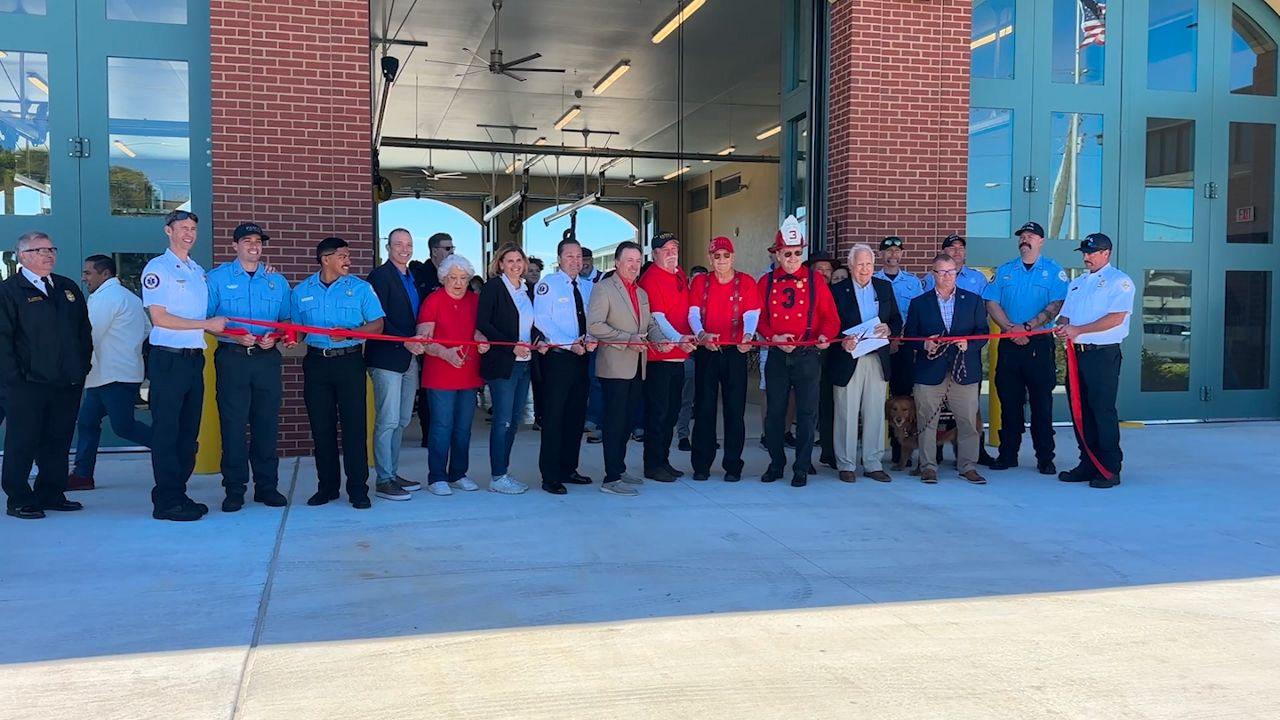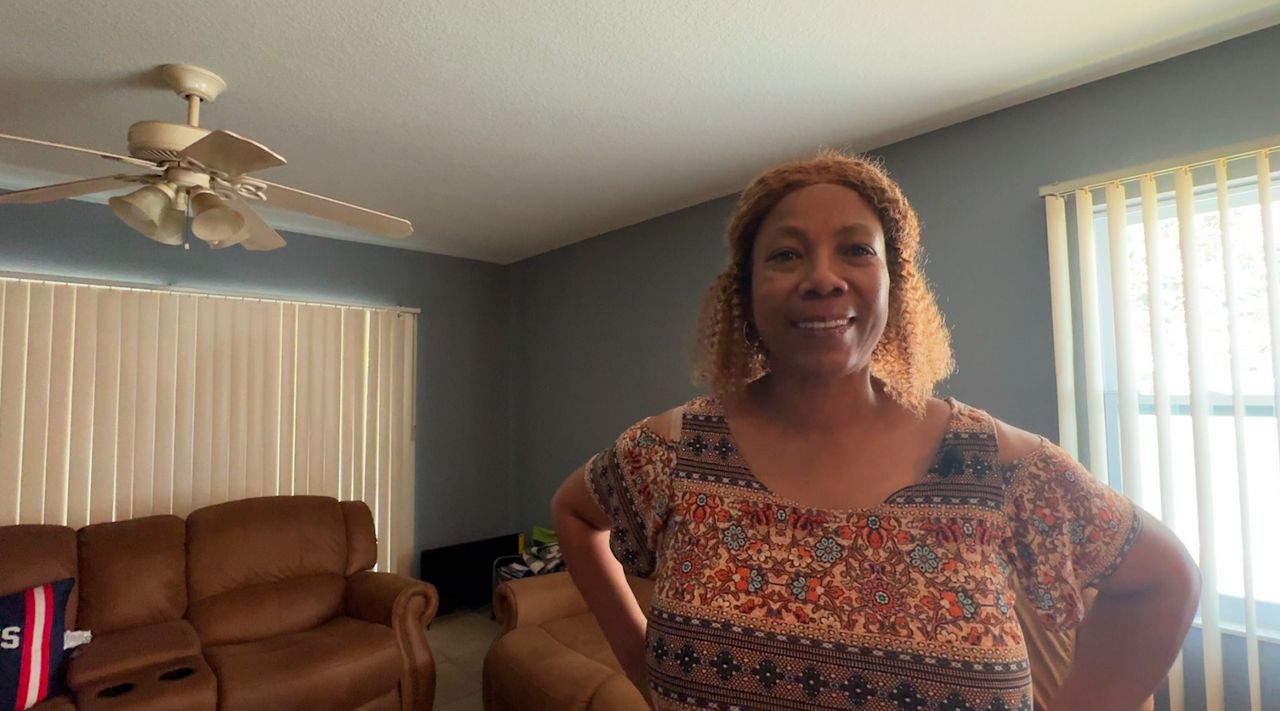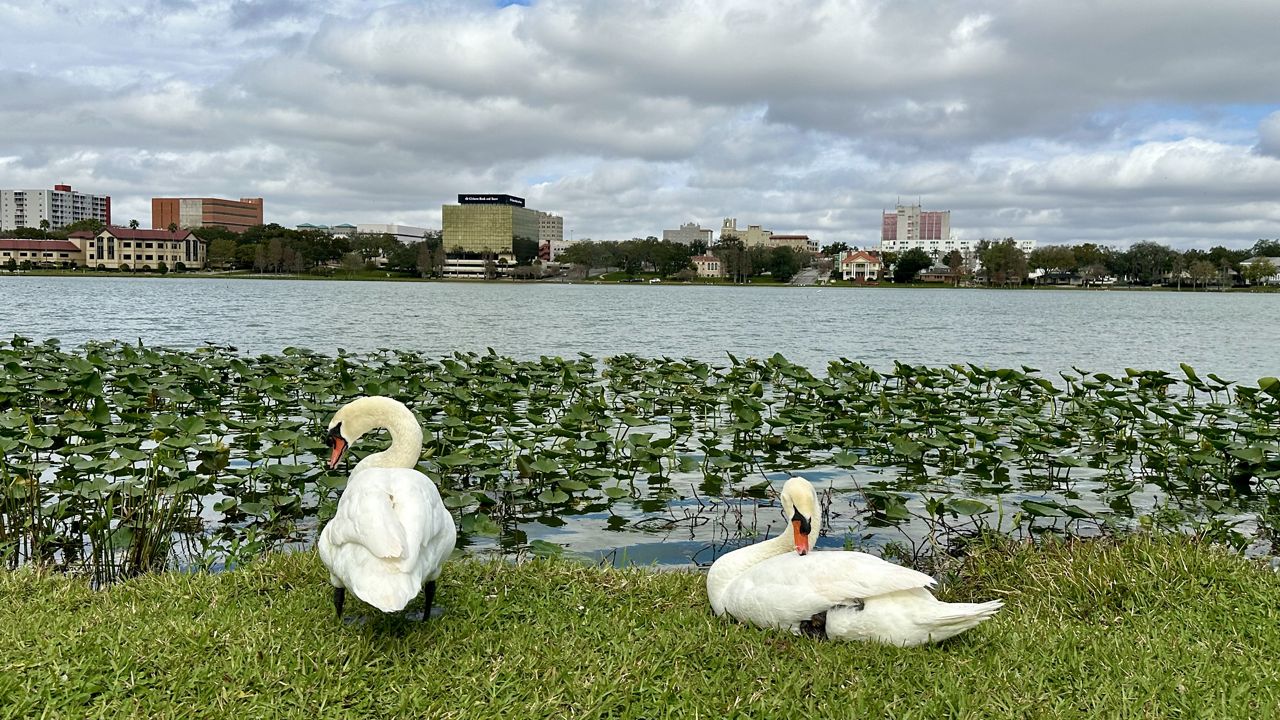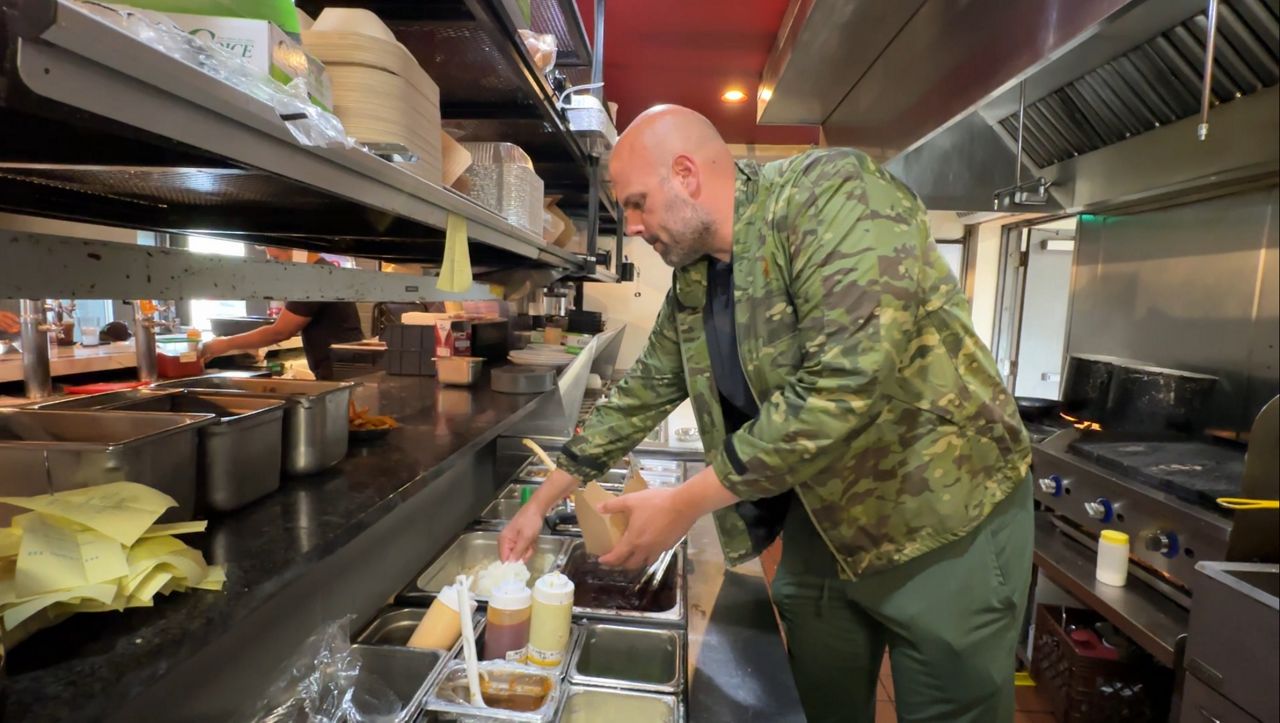ST. PETERSBURG, Fla. — A nonprofit organization called “Preserve the 'Burg” in St. Petersburg recently conducted a study on the economic impact of historic properties in the city.
According to Place Economics, homes located in St. Petersburg’s historic districts have experienced higher rates of increase in value compared to the rest of the city.
Historic district home value rates increased at 119.3% per square foot compared to 85.2% for other St. Petersburg homes.
Alec Smith is a specialist architect in historic preservation and renovation. This type of work requires compliance with building codes that are specifically designed for historic properties.
“These are just kind of some snippets of a project we were working on for a new accessory dwelling unit behind a historic home,” he said while sharing his sketches.
He draws up his designs in his office, which is situated in his historic home that he renovated.
“It’s over 100 years old. We are located in Historic Kenwood,” said Smith. “Our home has more than quadrupled in value since owning it in the last 12 years.”
Alec is not the only homeowner benefitting from his investment.
A study by Place Economics says home property values in St. Pete’s historic districts have increased at a higher rate than the rest of the city.
According to the study, lower rent in older buildings on Central Avenue has contributed to the success of small businesses.
Preserve the 'Burg Executive Director Manny Leto says between 2010 to 2020, jobs on Central Avenue grew by more than 50% compared to the city’s 17% job growth during the same time.
Leto says the study also looked at how historic buildings can help with affordable housing.
“When we’re talking about affordable housing, we often talk about new, but another component of affordability is keeping your existing stock,” said Leto.
Principal Donovan Rypkema of Place Economics argues that the idea that additional regulations for historic preservation harm property values is disproven by the study.
“The other side, however, is of all the city-level studies we’ve done. St Petersburg has the lowest share of them under the protection of the local preservation order,” said Rypkema. “That means most of the historic resources here have no protection at all. They’re at risk of being torn down tomorrow.”
He explains that the study provides evidence that can be used for advocacy and policy decisions. Meanwhile, Smith supports preserving old structures that give character to the evolving community.
“I think, you know, with a little bit of love, these homes can last for another hundred years easily because of the quality of materials that were put in them originally,” he said. “You know, those materials don’t exist anymore. We cut down all the forests to build these beautiful homes, but we should take advantage of the old-growth lumber that is built into these homes to keep it to maintain them.”
Smith says when dealing with historic homes, it’s a guaranteed investment in a solid foundation.
Discussions about preserving historic communities will continue at the Pinellas Historic Preservation Summit on May 17.









